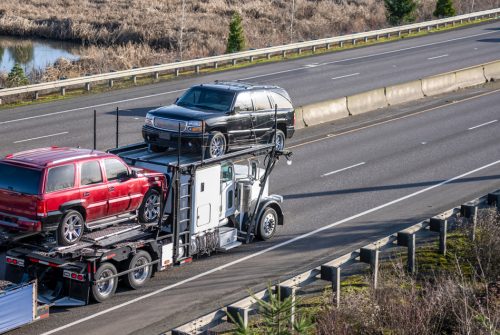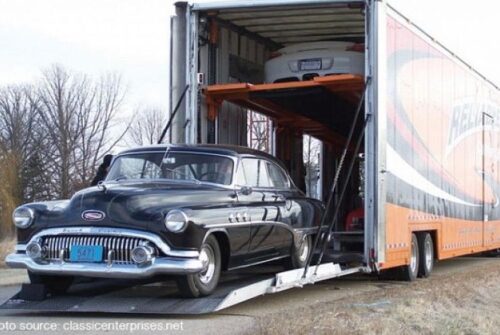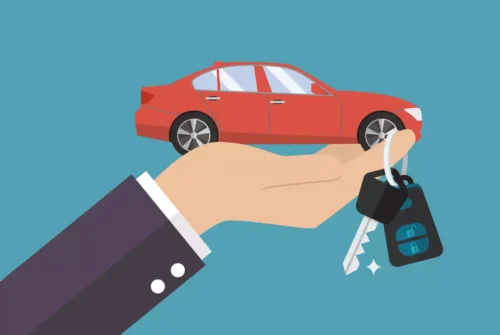
Keyless entry is a modern marvel—walk up, pull the handle, start the engine without removing a fob from your pocket. Unfortunately, thieves love it too. Relay attacks now dominate vehicle-theft statistics. By amplifying and relaying the fob’s signal, crooks trick the car into thinking its owner is standing right beside it. The good news? A few simple tactics—and one savvy locksmith—can slam the door on this high-tech heist.
1. How Relay Attacks Work in 30 Seconds
Two thieves coordinate: one lurks near your front door with a signal booster that “captures” the weak radio ping from the fob inside your house; the other stands near the car with a relay device. The boosted signal convinces the car that the authorized fob is present, unlocking doors and enabling the push-start. They drive away silently.
2. Misconceptions to Ditch
- “My key is inside, so I’m safe.” Radio waves laugh at walls.
- “I park in a lit driveway.” Light deters traditional burglars, not RF hackers.
- “I have an alarm.” The alarm deactivates because the car believes the real key is present.
3. Layered Defense: The Locksmith’s Playbook
- Passive Key Disabling – Many vehicles allow owners to switch the fob to sleep mode with a button sequence. Your locksmith can demonstrate and program custom shortcuts.
- Faraday Storage Solutions – A signal-blocking pouch or metal container cuts radio contact. Look for pouches tested to below -80 dB attenuation.
- Steering-Wheel Locks and Wheel Boots – Old school but brutally effective. A thief won’t waste precious seconds dismantling them.
- OBD Port Protection – Locksmith-installed port locks stop thieves from reprogramming blank keys after entry.
- Secondary Immobilizers – Hidden kill switches or Bluetooth relay devices add a challenge no RF repeater can solve.
- Key Fob Battery Management – Low power forces fobs into high-output mode, ironically extending range. Replace batteries on schedule.
4. Lifestyle Tweaks That Cost Nothing
- Store keys away from the front door, ideally in the center of the house.
- Enable “double-lock” mode if your model supports it; the interior handles become dead.
- Listen for a single beep or mirror fold to confirm the car actually locked.
- Update vehicle firmware—manufacturers quietly release patches increasing de-auth timeouts.
5. What About Signal-Jamming Alerts?
Some aftermarket alarm systems listen for unusual RF spikes and sound sirens when detected. They’re helpful, but rely on proper installation. A locksmith with alarm-integration experience can wire the system without creating drain on the vehicle’s CAN bus.
6. Future-Proof Outlook
Automakers are pivoting to ultra-wideband (UWB) technology, which measures the distance between key and car within centimeters. Until that becomes standard, defeating relay theft is a game of layers. Each added obstacle increases a thief’s required time and gear, nudging them toward easier targets.
Final Thought
The convenience of keyless entry isn’t going away, and neither are the criminals who exploit it. Pair smart daily habits with professional security add-ons, and your push-button start will remain a blessing—not a liability.





